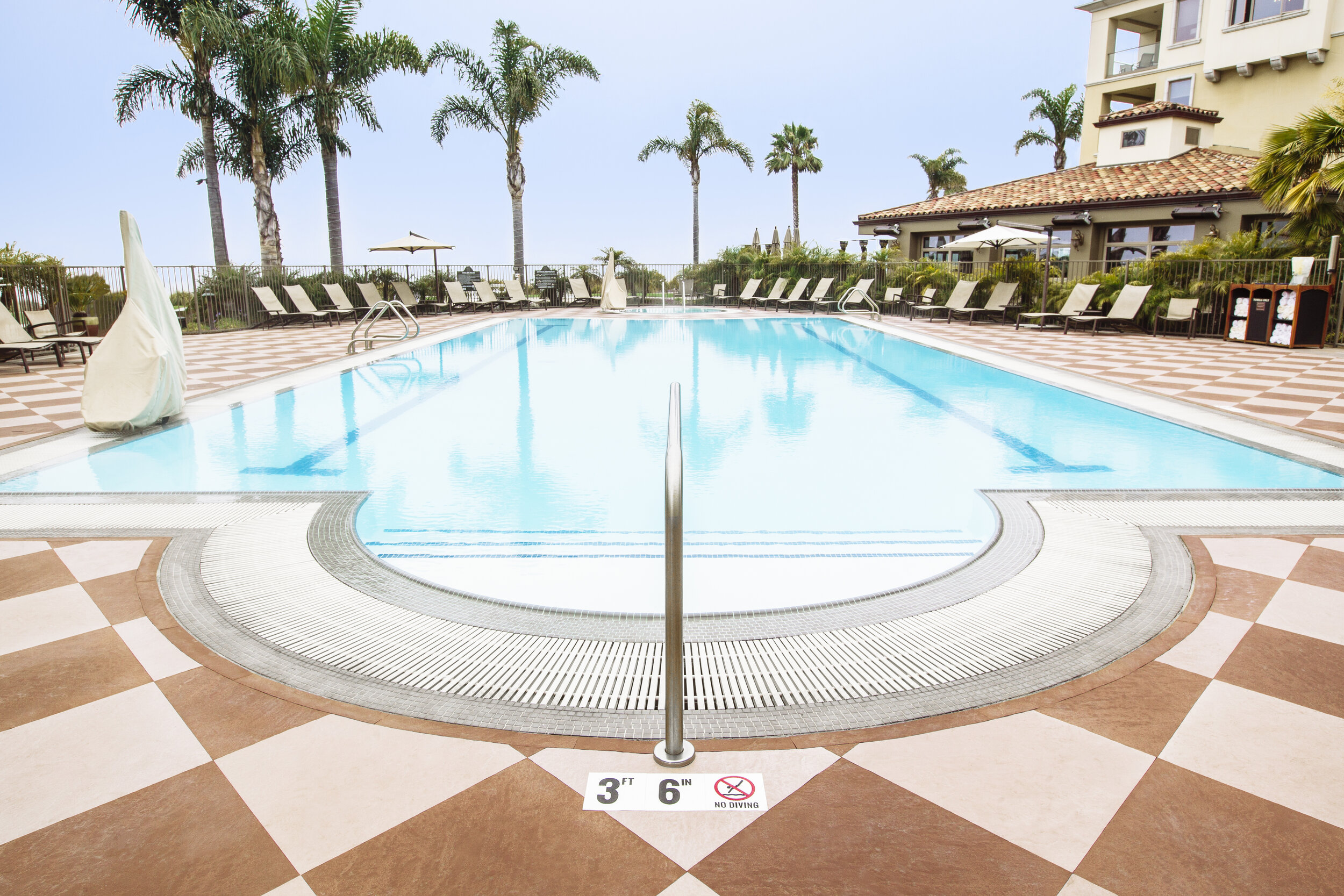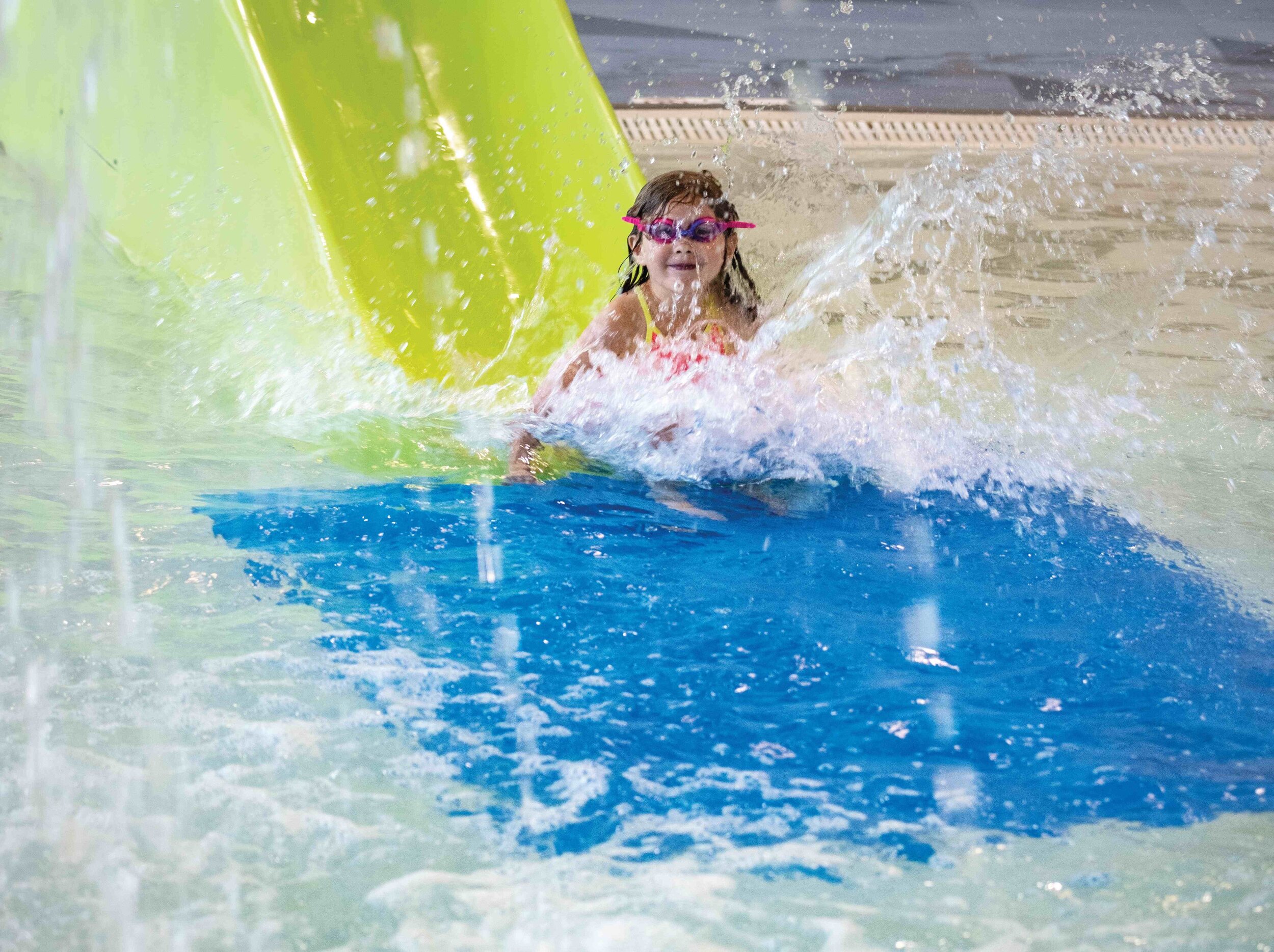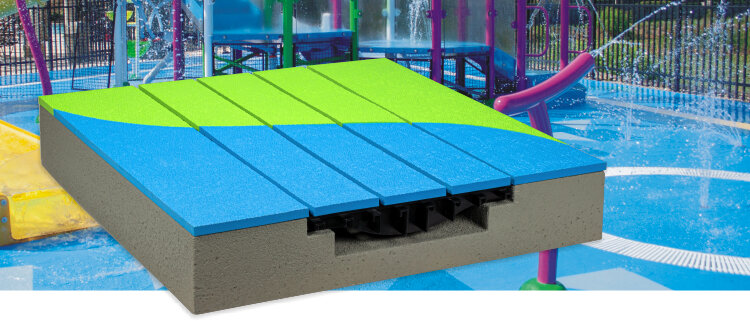“All over the world, infants and toddlers drown more frequently than people at any other age. In this age group drowning is the leading cause of death, followed by accidents in and around the home and road traffic accidents. Inadequate supervision, an inability to swim, and lack of barriers separating toddlers from pools and other water are the main causes of drownings of small children… The vast majority of drownings occur in open water: the sea, lakes, ponds, rivers. However, drownings occur in all water including swimming pools and bathtubs. Small children have been known to drown in just a few inches of water - in buckets and ditches for example.”
The most common causes of drowning include a lack of swimming ability, a lack of barriers, a lack of close supervision, failure to wear life jackets, alcohol use, and seizure disorders according to the CDC. Less common risks can still be prevented by paying closer attention to potential hazards at the surface level. Safety standards and recommended best practices should be followed wherever possible to further reduce potential for injury and drowning incidents at both pools and splash pads.
Pools
Swimming pools are generally associated with having a high risk of drowning due to significant standing water. In addition to standard safety measures like encouraging swim lessons, posting lifeguards, and having guests keep an eye on the members of their groups, there are some additional ways that facilities can reduce risk associated with injuries that may lead to drowning accidents.
Edge Pads and Lily Pad Walk Landings
Edge pads and lily pad walk landings are the aquatic counterparts to dry playground landings present at either end of zip lines, monkey bars, and other crossing-related activities. Having a cushioned surface at either end of a lily pad crossing or similar activity allows for a safer landing. These protected landings can help reduce injuries associated with missteps if the individual were to come into contact with the pool edge. If the pool edge is not cushioned in these applications, concussive injuries can result from missed footholds and lead to drowning accidents if unseen by facility staff or a member of the individual’s group.
Landing Pads
Water slide exits are an important part of a facility’s operation. Ensuring that there are landing pads at the bottom of slides enables people at the bottom of slide run-outs to enter the pool and exit more safely. Unsafe slide run-outs, especially ones that are submerged and lead into the rest of a pool, can result in trip-and-fall accidents or missed landings which propel guests into the pool. Exiting a slide at a higher than usual velocity can result in collisions with other guests, submersion, and impact-related injuries such as stubbed toes, scraped legs, and cut feet on pool bottoms. Using landing pads in these locations can help prevent many of these incidents.
Drains and Filters
Drains and filters often go unnoticed until they cause issues or injuries. Grating that is too wide can entrap fingers and toes and result in injuries in close proximity to the pool edge. To learn more about recommended best practices, reference this Whitepaper by Daldorado to help you mitigate risk at your facility related to drains. Filtration and drainage systems that do not have proper covers are also hazardous and can introduce risk into the environment by allowing access to guests that should not have access to per the ANSI/APSP-16-2009 and soon the ANSI/APSP-16 2017 performance standards. Making sure that these covers are code-compliant is essential in ensuring that guests are not at risk for entrapment injury or drowning.
Edge Surfacing
Many drownings are a result of unintended submersion in water, especially when paired with an inability to swim. For this reason, the treatment of surfaces along the edge of pools should be considered to ensure that guests don’t accidentally slip and fall into the water. Replacing slippery ceramic tile or stone with a textured surface that has enough traction to provide steady footing could help reduce this risk. Zero-depth-entries can similarly benefit from this treatment.
Splash Pads
Many facilities have chosen to replace public pools with splash pads to provide aquatic recreation while drastically reducing drowning risks. While incidents are much lower with little to no pooling water, some potential still exists, especially with more limited supervision. Drowning awareness is common in places that have been historically associated with related risk such as pools or other large bodies of water. While large bodies of water are the most common places where drowning is likely to occur, “most drownings happen in environments and during activities unsupervised by lifeguards,” according to the International Life Saving Federation.
Splash pads in the U.S. do not typically have lifeguards present due to water not surpassing a few inches in depth at most. It should be noted that drowning risk is still a factor wherever water is present, especially for young children.
Proper Supervision
Imagine a warm summer day at a splash pad with several families with young children playing in the water features. Parents and caretakers may be socializing, relaxing nearby, and checking in with their children periodically. In an instant, two children could collide or a child could slip on slippery concrete, stone, or tile and knock themselves out on that same hard surface. If that unconscious child was too close to a water feature or pooling puddle, they would be at increased drowning risk if their guardian was not paying attention.
In order to help prevent situations like this from occurring, there are some ways to be more vigilant about safety. Caretakers should consistently watch their children and avoid distractions. Facility operators can take steps toward mitigating risk at splash pads by ensuring drains are working properly and by investing in safety surfacing that reduces risk of slip and fall injuries by having slip-resistant and cushioned properties.
Safety Surfacing
Safety surfacing is a good feature to include on a splash pad, pool deck, or any other aquatic facility to mitigate facility risk, especially when choosing a safety surface tested and certified by an independent third party organization. Slip-resistance helps prevent slip and fall accidents, cushioning helps protect falls if they occur, and having an impermeable and cleanable surface means that microbial growth is not supported and the surface is easier to maintain and keep hygienic. Cushioned safety surfacing also helps protect children when collisions happen during play and can help prevent risks associated with becoming unconscious or falling into a nearby body of water.
Conclusion
It’s important to be aware of drowning risks in aquatics and to ensure that your facility is taking steps to mitigate risk wherever possible. Choosing safer options at the surface level and re-evaluating more traditional materials like concrete and tile can help to reduce risk of injuries.
In order to help mitigate risks associated with drowning and near-drowning accidents, we recommend that your staff evaluates your facility from a guest’s perspective. Slide down slides, cross lily pad landings, and engage with the facility as they would. Take notice of what is uncomfortable, pay attention to areas that commonly experience incident reports, and take steps to remediate those issues.
“According to the National Electronic Injury Surveillance System database, in 2014 alone, estimated 20,000 injuries occurred on pool decks, splash pads or water parks, resulting in emergency room visits. The common denominator in all these splash pad injuries is the surfacing. From personal research that I conducted after visiting this particular splash pad, the most common splash pad surface is concrete, often treated with an abrasive coating. With the leading cause of admission to Monroe Carell Jr. Children’s Hospital at Vanderbilt being unintentional pediatric falls, this type of flooring is concerning.”







